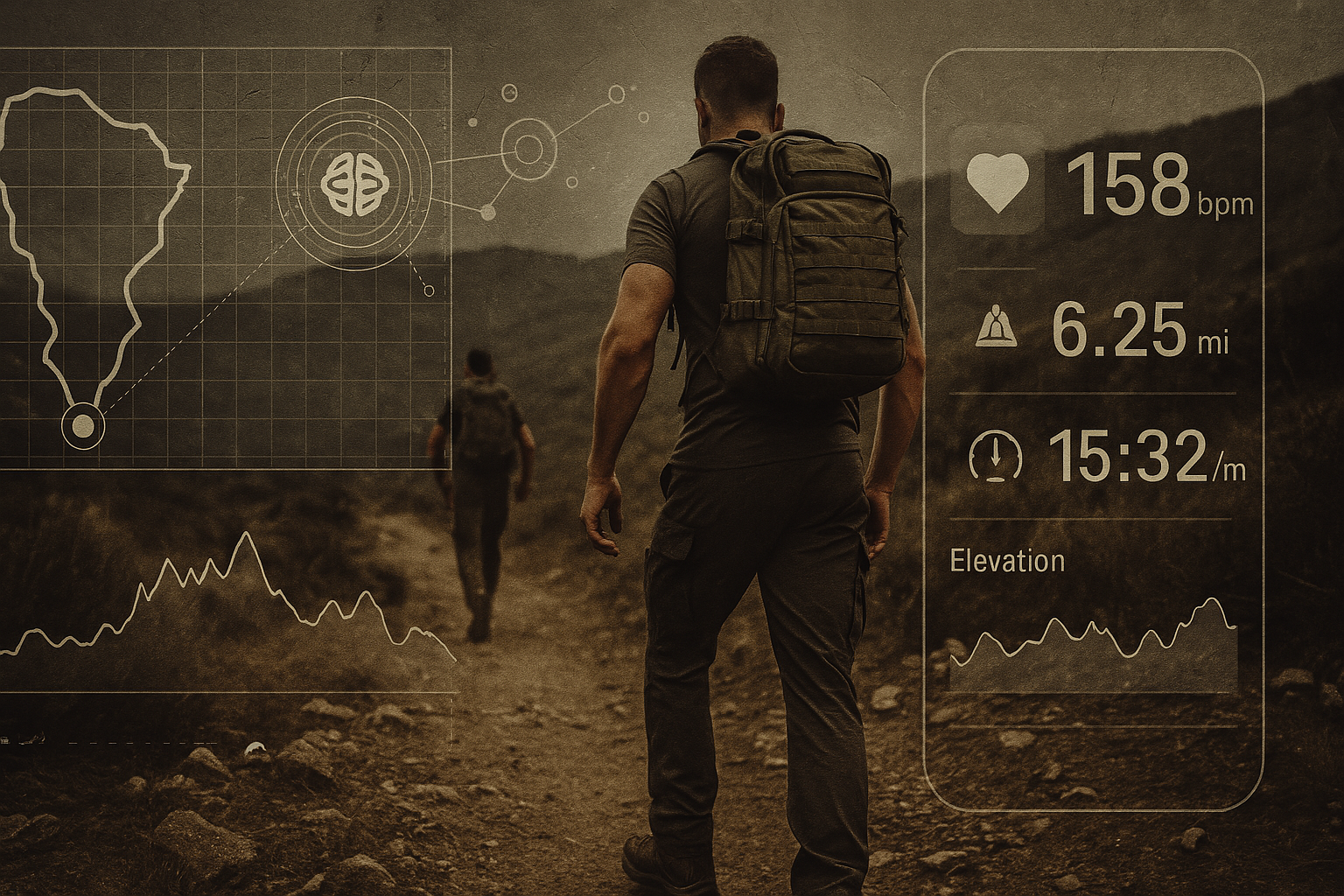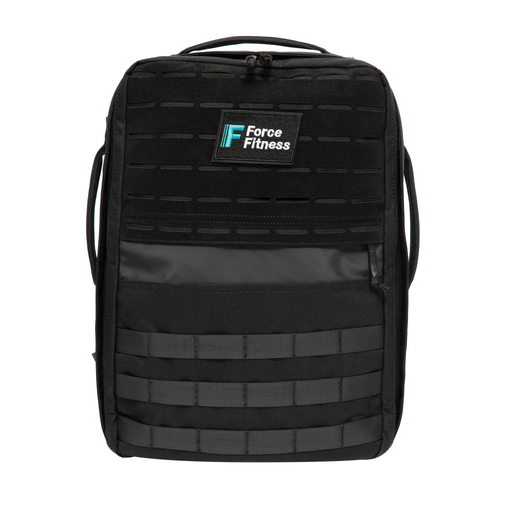
The Future of Rucking: Why Outdoor Endurance Training Is Making a Comeback
In a world obsessed with smart tech, climate-controlled gyms, and influencer-approved workouts, there's a silent resurgence happening—rucking. Once confined to military circles and hardcore survivalists, this simple practice of walking with weight is becoming a cornerstone in the evolution of functional fitness. And it’s not just about building strength—it’s about forging durability, mental toughness, and a new kind of outdoor endurance that’s redefining what it means to be fit in the modern age.
Why Rucking Is Gaining Momentum
Rucking strips fitness down to the essentials: load, terrain, and time. No machines. No mirrors. Just you, your pack, and the miles ahead. It’s scalable for any fitness level, from the weekend warrior to the elite tactical athlete.
The appeal? Rucking combines low-impact cardio with strength training. You’re not just burning calories—you’re building the kind of muscular and cardiovascular endurance that translates directly into real-world performance. Whether you’re hiking hills, patrolling with a team, or simply reclaiming your health, rucking gets the job done.
And let’s be honest—there’s something primal and satisfying about carrying weight over distance. It taps into something deeper than aesthetics. It builds grit.
The Science Behind the Stride
Research backs up the buzz. Rucking burns significantly more calories than walking alone—up to 2–3x more depending on pack weight and terrain. It also improves posture, bone density, and joint resilience through controlled load-bearing.
It activates stabilising muscles in the core, hips, and shoulders that standard cardio often ignores. Plus, the cardiovascular benefits stack up quickly: heart rate elevation stays within Zone 2 training for fat-burning and endurance gains, with less impact stress than running.
In short: it’s tough, efficient, and sustainable.
Outdoor Endurance Is Back—and Stronger Than Ever
The modern fitness scene is shifting. Athletes are stepping outside. Events like HYROX, GORUCK Challenges, Tactical Games, and hybrid races are showing that real fitness isn’t just about lifting heavy or clocking miles—it’s about combining strength, endurance, and resilience in natural environments.
The psychological benefits are huge, too. Training outdoors has been shown to reduce cortisol, boost mood, and build mental toughness. And there’s no substitute for the confidence that comes from knowing you can handle tough terrain with a heavy pack and zero excuses.
What the Future Looks Like
Rucking isn’t staying primitive. Tech integration is on the rise. Expect to see smart rucksacks tracking load distribution, GPS-based route planning, and wearable sensors optimising performance.
Group-based ruck events are growing fast, offering camaraderie, competition, and community—a stark contrast to isolated treadmill sessions. We’re also seeing rucking used in rehab settings, weight-loss protocols, and even corporate wellness programs.
Could rucking become the new running? For those chasing functional performance over flashy aesthetics—it already is.
Mainstream Growth of Rucking
- As more people seek functional fitness and minimalist workouts, rucking is becoming the go-to for accessible strength + cardio.
- It's also gaining popularity through tactical and military-inspired fitness communities, often promoted via social media and challenges like those from GORUCK.
Hybrid Training Routines
- Expect to see more integration of rucking with trail running, CrossFit-style WODs, and obstacle course racing.
- Programs will blend endurance, load-bearing, mental resilience, and mobility.
Increased Community & Events
- Local rucking clubs, virtual ruckathons, and GPS-based “challenge maps” (think: Strava segments for ruckers) will become common.
- Competition and camaraderie through apps will drive retention and social motivation.
Upcoming Tech for Rucking
Adaptive Training Plans: AI-driven apps can tailor ruck distances, load, and rest based on your goals (e.g., fat loss, endurance, ruck selection prep).
Real-time Load Monitoring: Apps will use smart weight sensors or integrate with smart backpacks to adjust workout intensity recommendations dynamically.
Terrain Optimisation: GPS-based suggestions for ruck routes with elevation, trail type, and estimated load difficulty.
Performance Prediction & Injury Prevention: AI will analyze your gait, load, pace, and rest history to suggest changes and prevent overuse injuries.
Form Coaching via Wearables: Integration with AR glasses or smart headphones that give real-time feedback on posture and stride.
Rucking "Digital Coaches": Voice or app-based AI coaches that guide you like a personal trainer would, adapted to your style and voice preference.
How to Start Rucking The Force Fit Way
Getting started is easier than you think. Here’s what you need:
- Pack – Any durable backpack will do to start. Ruck-specific packs offer better support.
- Weight – Start with 10-15% of your bodyweight. Sandbags, weight plates, or even water bottles work.
- Footwear – Prioritise comfort and support. Trail shoes or boots are ideal.
- Route – Start on flat terrain, build up to hills and trails.
Integrate rucking into your weekly routine as a Zone 2 cardio session, an active recovery tool, or a weekend mental reset. Want to level up? Add hill intervals, team-based ruck workouts, or endurance challenges to your training stack.
In a fitness culture flooded with gimmicks and shortcuts, rucking stands out for its brutal simplicity and undeniable effectiveness. It’s not glamorous. It’s not easy. But it works—and it’s only going to get bigger.
At Force Fit, we believe in training that carries over to real life. Rucking delivers that in spades. Load up, step out, and start forging a harder, more capable version of yourself.


















